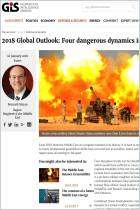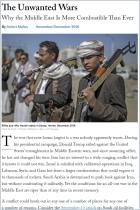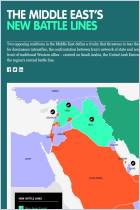Join getAbstract to access the summary!

Join getAbstract to access the summary!
Ilan Goldenberg
What a War With Iran Would Look Like
Neither Side Wants a Fight, but That Doesn’t Eliminate the Danger
Foreign Affairs, 2019
What's inside?
The risk of the US and Iran stumbling into war is real – but avoidable.
Recommendation
Iran-hawk John Bolton may no longer be President Donald Trump’s national security adviser, but the risk of war between the United States and Iran remains. Former US official and Iran expert Ilan Goldenberg explains how a series of misunderstandings, show of force posturings and face-saving measures could lead to a war nobody wants. Weighing the costs and thinking through the worst-case scenarios of an all-out war with Iran is an important first step in taking measures to prevent it. Goldenberg’s analysis provides a sobering starting point.
Summary
About the Author
Ilan Goldenberg is Director of the Middle East Security Program at the Center for a New American Security. He previously served as Iran Team Chief in the Office of the Under Secretary of Defense for Policy.



















Comment on this summary